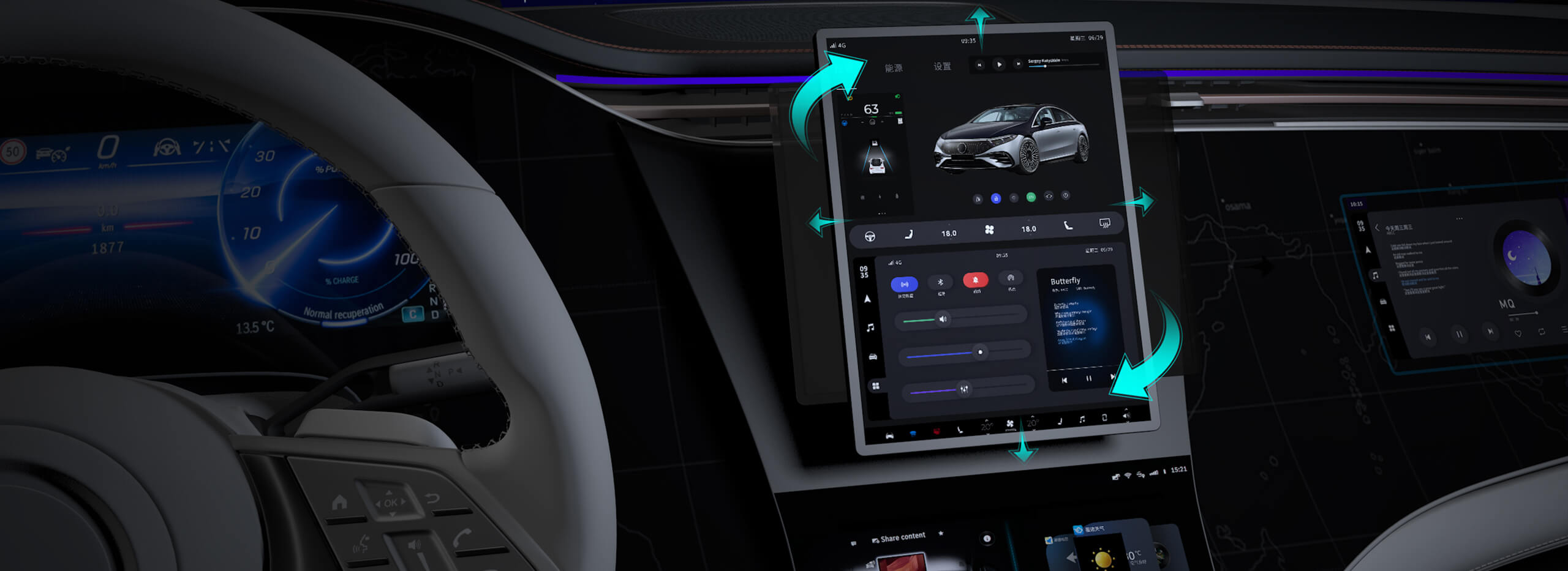In today's fast-paced digital world, businesses are constantly striving for efficiency and flexibility. One of the most effective ways to achieve both is through microservices architecture. But how exactly can adopting microservices transform your business operations? Let's dive into some key best practices that will make this journey smoother.

First off, understand the importance of modularity. Microservices work by breaking down a complex system into smaller, independent services. Imagine each service as a mini-application with its own responsibility. For example, think about an online store where one microservice handles payment processing and another manages product inventory. This separation allows each service to evolve independently without disrupting the others. But to keep things organized, it’s essential to ensure that each service has a clear and defined role. No overlapping responsibilities, no confusion. This makes maintenance and scaling much easier in the long run.
Next, don’t underestimate the power of communication. Since microservices are independent, they must interact seamlessly with each other. Effective communication is key. This is where APIs come in. They act as bridges between the services, making sure that one service can talk to another without any hiccups. A solid API strategy ensures your system remains both flexible and scalable.
But here’s the thing: with all these moving parts, it can be tempting to lose track of how each service is performing. So, the next best practice is monitoring. Continuous monitoring gives you real-time insights into the health of your services. For example, if one service starts to lag, you'll notice it right away and can quickly fix the issue before it snowballs. Tools like centralized logging and health checks become your best friends here.
Now, let’s talk about automation. In the world of microservices, there’s no room for manual errors. Automating processes like testing, deployment, and scaling helps you keep everything in sync. Automated testing ensures that each new service integration doesn’t break anything in the system. Similarly, continuous integration and delivery pipelines let you deploy new features seamlessly without disrupting the entire system.
Then comes resilience. A microservices architecture is often distributed, which means there's always the possibility of something failing. Building resilience into your services is non-negotiable. Techniques like circuit breakers and retry logic can prevent cascading failures. For instance, if one microservice goes down, a circuit breaker can immediately stop requests from reaching it, preventing the system from crashing entirely.
Lastly, don't forget about security. With microservices, you’ll have more entry points into your system, which increases the risk of vulnerabilities. To ensure a secure environment, you need to implement strong access controls and encryption for sensitive data.
So, what’s the takeaway here? Adopting microservices can significantly improve the flexibility and scalability of your applications, but only if you follow these best practices. Whether you’re starting small or scaling big, a modular approach, solid communication, automation, monitoring, resilience, and security will be your guiding stars.
By putting these practices in place, you’re not just adopting a new tech trend; you’re laying the foundation for a robust and future-proof system that can handle anything that comes its way. Ready to take your business to the next level? With the right approach to microservices, the sky’s the limit.
Established in 2005, Kpower has been dedicated to a professional compact motion unit manufacturer, headquartered in Dongguan, Guangdong Province, China. Leveraging innovations in modular drive technology, Kpower integrates high-performance motors, precision reducers, and multi-protocol control systems to provide efficient and customized smart drive system solutions. Kpower has delivered professional drive system solutions to over 500 enterprise clients globally with products covering various fields such as Smart Home Systems, Automatic Electronics, Robotics, Precision Agriculture, Drones, and Industrial Automation.




































